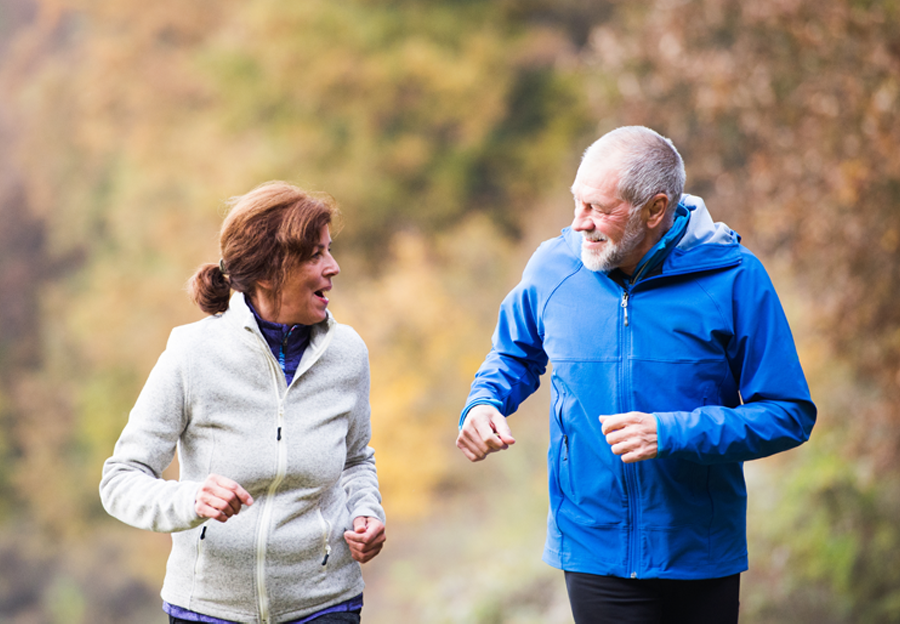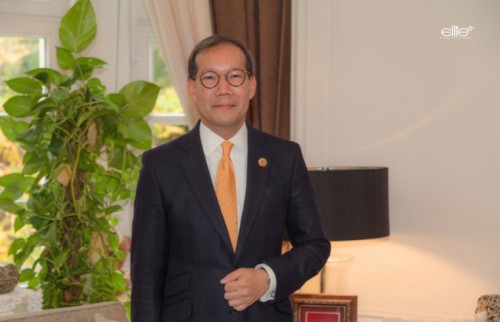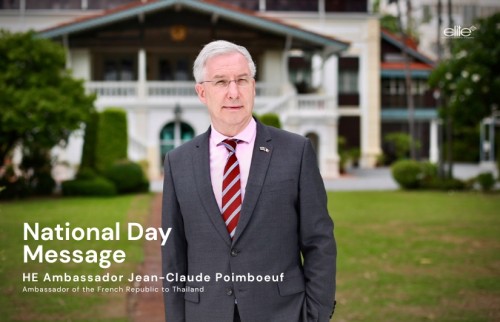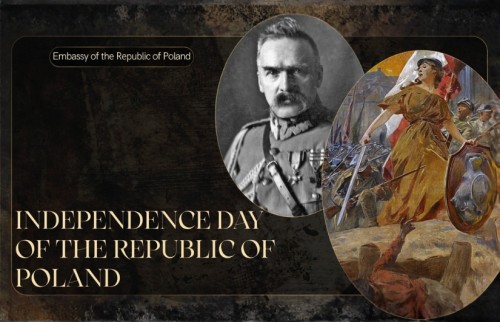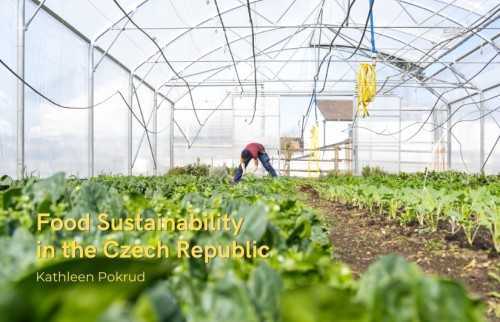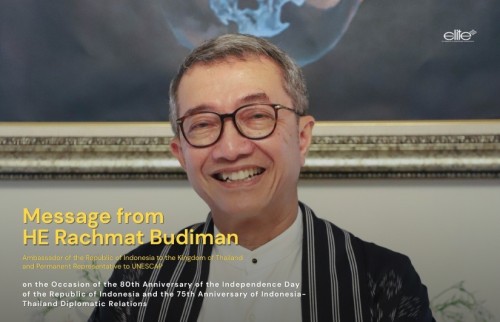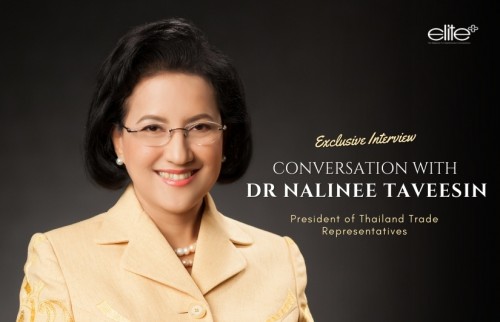In previous articles, I discussed the science behind longevity, covering some general information on ageing together with practical advice on becoming a centenarian. Much research has been done on lifestyle factors key to determining how well we age and the importance of four healthy behaviours: exercising regularly, eating five portions of fruit and vegetables a day, not smoking and drinking moderately. By adopting these behaviours, people can add as many as 14 years to their lifespan. I also went over studies on other factors in longevity, such as being a winner, eating dark chocolate and being married. Being religious and eating less meat were also shown to help extend lives. To continue the theme, in this issue I will discuss two factors that have been shown to add further years: physical activity and sex.
Adding years by staying active
The above phrase sounds easy enough, but in reality is close to impossible for many. To start an active lifestyle habit is diffi cult, and even harder is maintaining the practice over many years. Many studies explore the physiological benefi ts of an active lifestyle. Focusing on longevity in particular is one that I would like to refer to here.
The National Institutes of Health (NIH) in the US conducted a study that found leisure-time physical activity can extend life expectancy by as much as 4.5 years. The study by Moore SC, et al, on the topic “Leisure Time Physical Activity of Moderate to Vigorous Intensity and Mortality: A Large Pooled Cohort Analysis” was released in November 2012. What he found is that leisure-time physical activity is associated with longer life expectancy, even at relatively low levels of activity and regardless of body weight.
To measure the gain in life expectancy from leisure-time physical activity in adulthood, researchers examined data on more than 650,000 adults, mostly over 40, who took part in one of six population-based studies designed to evaluate various aspects of cancer risk.
The US Department of Health and Human Services, the parent agency of the NIH, recommends that adults aged 18 to 64 engage in regular aerobic physical activity for 2.5 hours at moderate intensity – or 1.25 hours at vigorous intensity – each week. Moderate activities are those during which a person can talk but not sing. Vigorous activities are those during which a person can say only a few words without stopping for breath.
After accounting for other factors that could affect life expectancy, such as socioeconomic status, researchers found that life expectancy was 3.4 years longer for people who reported they got the recommend level of physical activity. People who reported leisure-time physical activity at twice the recommended level gained 4.2 years. In general, more physical activity corresponded to a longer life expectancy.
The researchers even saw benefits from low levels of activity. Those who said they got half of the recommended amount of physical activity still added 1.8 years to their life. The lead author of the study, Dr Steven Moore, commented: “Regular exercise extended the lives in every group that we examined in our study no matter whether of normal weight, overweight or obese.”
The study revealed that the association between physical activity and life expectancy was similar for men and women, stronger among those with a history of cancer or heart disease than among those with no such history.
Effects of body weight and physical activity
The researchers also examined how life expectancy changed through a combination of activity and obesity. Obesity was associated with a shorter life expectancy, but physical activity helped mitigate some of the harm. People who were obese and inactive had a life expectancy between five to seven years shorter, depending on their level of obesity, than people of normal weight who were moderately active.
Physical activity has been shown to help maintain a healthy body weight, maintain healthy bones, muscles and joints, promote psychological well-being and reduce the risk of certain diseases, including some cancers. The study concluded that we must not underestimate the importance of physical activity on health – even modest amounts can add years to our life.
Some physical activity can be achieved by various easy exercises that I mentioned in the previous article. Worth reiterating is that the most important benefit of exercise is to burn calories, which boosts metabolism and helps control weight. Exercise makes our muscles stronger, healthier and more flexible, a good cushion for our bodies in the event of unexpected accidents. When the body is healthier and stronger, ailments are quicker to subside, and we can proceed with a better quality of life and greater longevity.
Physical activity consumes energy, seen in term of calories burned; for example, housework burns 200 calories per hour, while working in a sitting position consumes 85 calories, or 140 calories when standing. Running burns 1,000 calories and freestyle swimming 800. Speed walking uses up 480 calories and slow walking 210. Playing doubles tennis burns 360 calories and a popular activity nowadays, aerobic exercise, burns 600 calories per hour. The crucial part is to be active; just go for it.

Sex and longevity
A study with a 10-year follow-up was conducted by Davey Smith et al in South Wales in 1997, examining the relationship between orgasms and mortality. From 1979 to 1983, 918 men aged 45 to 59 were recruited for the study, given a thorough physical examination and asked how often they had orgasms. Researchers followed up on the subjects for 10 years, finding the mortality risk to be 50 per cent lower among men with frequent orgasms (two or more per week) than among those who had fewer than one a month. Even when controlling for factors such as age, social class and smoking status, a strong and statistically significant inverse relationship was found between orgasm frequency and risk of death. The authors concluded that sexual activity has a protective effect on men’s health.
Another study conducted by Palmore in 1982 followed 252 racially diverse people in North Carolina over the course of 25 years to determine the factors important in determining lifespan. Factors studied were frequency of intercourse, and past and present enjoyment of intercourse. For men, frequency of intercourse was a significant predictor of longevity. While intercourse frequency was not predictive of longevity for women, women who reported past enjoyment of intercourse had greater longevity. Current enjoyment of intercourse did not correlate with longevity for either women or men. Even though causation cannot be determined from the study, it suggests a correlation between sexual intercourse, pleasure and longevity.
A third study by Persson in Sweden in 1981 surveyed 166 men and 226 women aged 70. Five years later records were checked to see which participants had died before their 75th birthday. Mortality was higher among men who had ceased having sexual intercourse at an earlier age. No association was found between sexual intercourse and mortality for women.
A final study worth mentioning was published by Starr and Weiner in 1981. It examined the sexual behaviour of America’s senior population. Of more than 800 adults over 60 who were surveyed, 92.7 per cent of men and 70.4 per cent of women were still sexually active, with 75 per cent of the respondents believing that sex contributed positively to their current health status.
Here I have discussed two additional factors in increasing longevity, and of course there are others. In the next issue, we will explore further factors such as blood pressure and cholesterol level, as well as drinking wine and the impact of being educated. See you all then.


